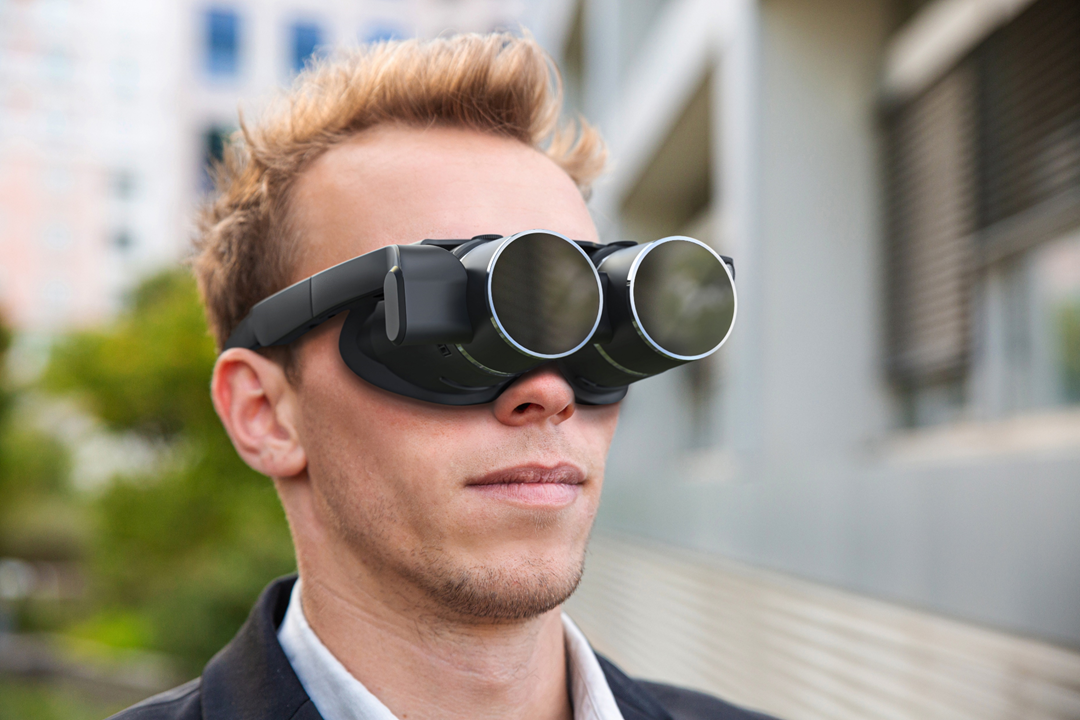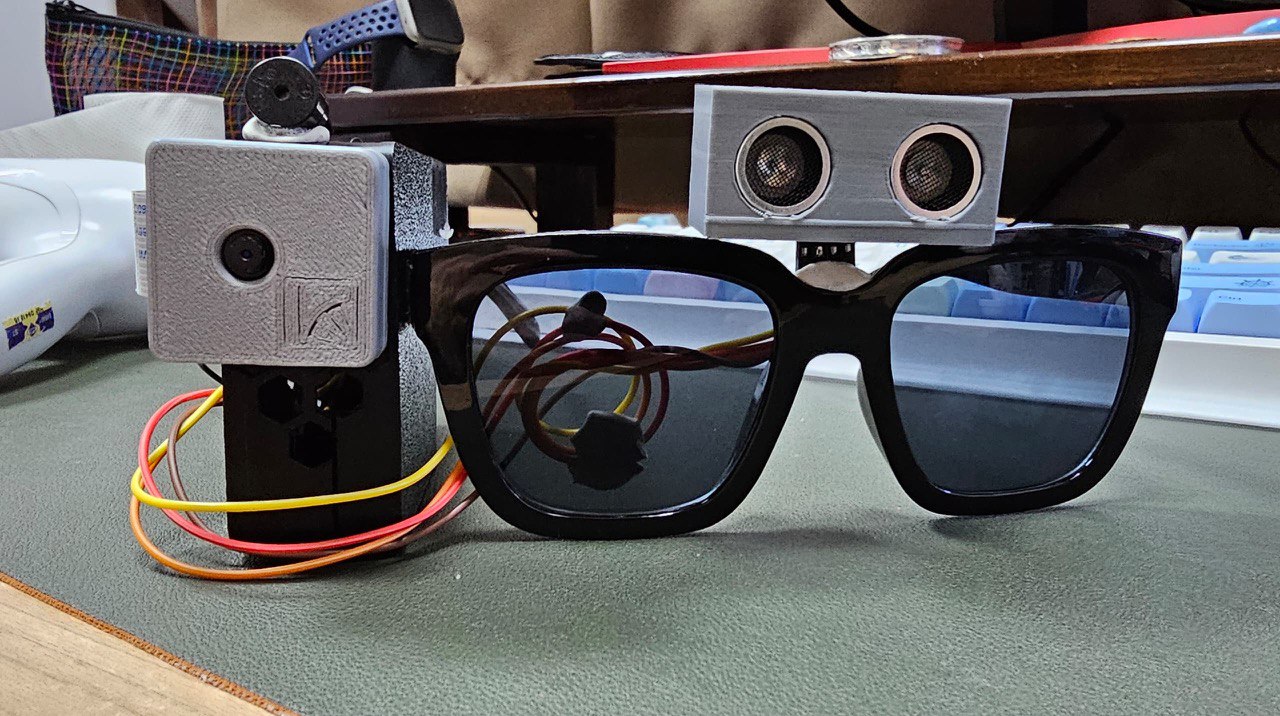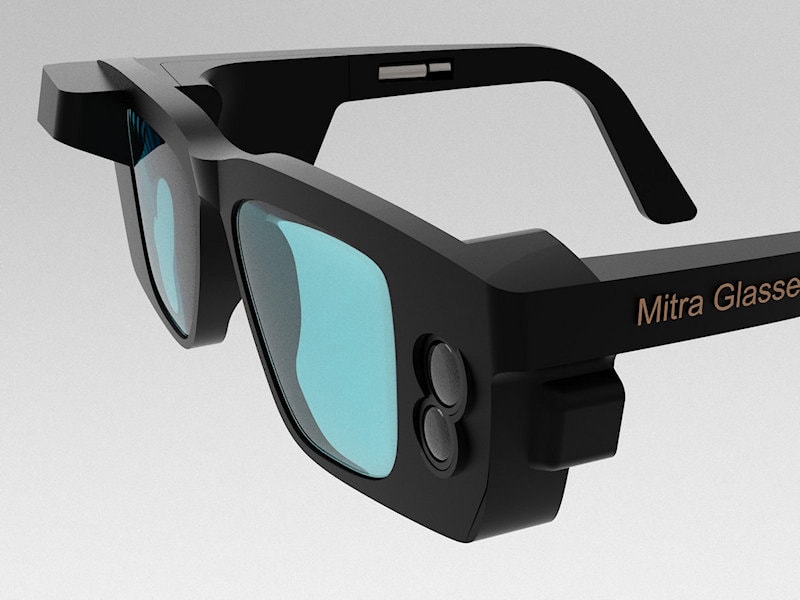Enhancing Accessibility Through Assistive Innovation for the Blind
The integration of assistive technology for the blind represents an essential advancement in ease of access, essentially modifying just how people navigate their environments and engage with society. From screen visitors to cutting-edge clever walking canes, these devices not only enhance independence but likewise promote inclusivity in different balls of life. As we check out the varied sorts of assistive tools and their substantial influence on day-to-day living, it comes to be vital to analyze exactly how continuous technological improvements are improving the landscape of support for the blind neighborhood. What ramifications do these advancements hold for the future of access?
Summary of Assistive Technology
Assistive modern technology describes a series of tools and software application developed to boost the abilities of individuals with handicaps, including those that are aesthetically impaired or blind. This modern technology plays a vital role in advertising independence and boosting the lifestyle for customers. By supplying alternative techniques for accessing information and doing daily tasks, assistive innovation empowers individuals to browse their environments much more properly.
The development and execution of assistive technology accept a selection of principles intended at fostering ease of access. These concepts include user-centered style, which focuses on the needs and preferences of the person, and the assimilation of technology right into day-to-day activities. Such developments make certain that assistive devices are not only practical yet also user-friendly and very easy to utilize.
In addition, assistive technology includes a diverse spectrum of options, from low-tech alternatives like magnifiers to modern advancements such as display viewers and Braille displays. The ongoing development of this field is driven by the requirement to resolve the one-of-a-kind challenges faced by people with visual impairments (Wearable technology for low vision). As innovation remains to development, the possibility for boosting access and advertising inclusivity continues to be encouraging, ultimately adding to a more equitable society

Types of Assistive Gadgets
Various sorts of assistive devices are available to support people that are visually impaired or blind, each designed to address details demands and obstacles. These gadgets can be extensively categorized into 3 primary types: low-tech, mid-tech, and modern services.
Low-tech devices consist of products such as magnifiers, Braille labels, and tactile maps. These are reasonably basic tools that enhance the customer's capability to communicate with their environment without calling for complex innovation.
Mid-tech devices usually include extra sophisticated attributes, such as electronic magnifiers and mobile Braille note-takers. These devices can use functionalities like speech outcome, allowing individuals to accessibility information a lot more efficiently.

Impact on Daily Living
The accessibility of different assistive tools dramatically enhances the lifestyle for individuals who are blind or aesthetically damaged, influencing their day-to-day living in extensive means. By incorporating modern technologies such as screen readers, Braille displays, and audio description services right into their regimens, customers gain better freedom and freedom. These devices promote accessibility to details, making it possible for people to execute day-to-day jobs, such as checking out emails, navigating public spaces, and delighting in media content.
Furthermore, assistive devices empower people to involve even more completely in social interactions and community tasks. The capacity to use mobile phones geared up with ease of access features permits smooth interaction and connection with others. This connectivity cultivates a feeling of belonging and decreases feelings of seclusion.
In expert settings, assistive technology sustains efficiency by allowing people to total work jobs efficiently. Devices like voice recognition software and specialized magnifying gadgets enable customers to take part in the workforce on equivalent footing with their sighted peers.

Improvements in Technology
Current technological advancements have actually considerably changed the landscape of tools readily available for individuals that are blind or visually damaged. The combination of artificial knowledge (AI) and artificial intelligence has offered rise to applications that boost navigation and item acknowledgment. For instance, mobile phone apps can currently utilize AI to determine and explain surroundings in real-time, offering users with important contextual information.
Additionally, developments in haptic modern technology have resulted in the growth of smart walking canes equipped with sensors that find barriers and provide tactile comments. This encourages customers to navigate their environment with boosted self-confidence and freedom. Additionally, advancements in text-to-speech software program and braille display screens have improved the ease of access of digital material, permitting smooth communication with numerous media.
Wearable technologies, such as smart glasses, are additionally making strides in assisting aesthetic problems. These tools can give increased truth experiences, superimposing vital info onto the individual's field of view. Collectively, these advancements not just boost the high quality of life for individuals who are blind but additionally advertise higher addition in society. As technology remains to progress, the capacity for a lot more transformative devices continues to be on the perspective.
Future Trends and Innovations
As technology quickly advances, the future of assistive devices for people that are blind holds immense guarantee. Advancements in expert system (AI) and artificial intelligence are positioned to reinvent the means blind customers interact with their environments. AI-driven applications are being established to improve item recognition, enabling individuals to identify and navigate their surroundings with greater convenience and precision.
In addition, innovations in haptic responses modern technology are making it possible for the production of responsive maps and navigating help that provide real-time information with touch. These developments not only enhance mobility but additionally foster freedom. Furthermore, wearable gadgets geared up with augmented fact (AR) attributes are emerging, providing users aesthetic info through sound summaries, thus bridging the void in between the digital and physical globes.
Additionally, the integration of clever home innovation presents brand-new chances for ease of access, allowing people to control their living settings with voice commands or smartphone applications. As cooperation between technology designers and the blind community proceeds, the focus on user-centered layout will make certain that future advancements are tailored to satisfy the unique demands of this population (Wearable technology for low vision). The trajectory of assistive modern technology promises an extra empowering and comprehensive future for individuals who are blind
Verdict
In verdict, assistive technology plays an important function Voice-activated assistive devices in boosting access for people with aesthetic impairments. Continuous developments in innovation and user-centered style make sure that these devices provide successfully to the one-of-a-kind demands of the blind area.
The assimilation of assistive modern technology for the blind stands for a crucial innovation in access, basically modifying just how people browse their atmospheres and engage with society.Assistive technology refers to a range of devices and software program made to boost the abilities of individuals with impairments, including those that are blind or aesthetically damaged. Wearable technology for low vision.As modern technology swiftly advances, the future of assistive tools for individuals that are blind holds enormous guarantee. The trajectory of assistive technology assures an extra inclusive and empowering future for people that are blind
In conclusion, assistive innovation plays an important role in enhancing access for people with visual problems.